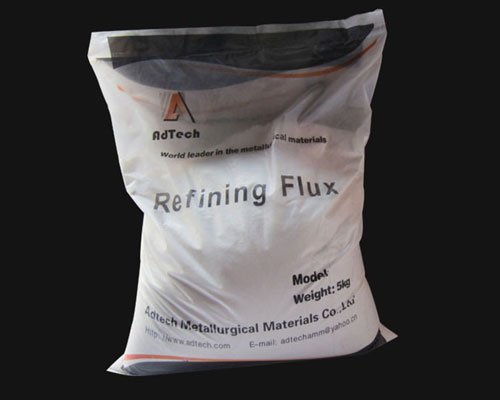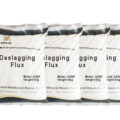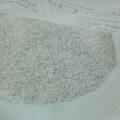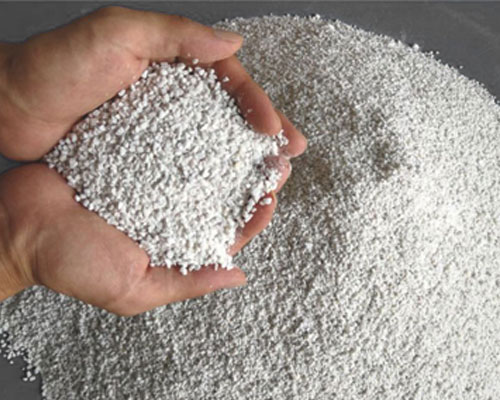Oxidation inclusions (Al2O3) and hydrogen (H2) are the main factors that pollute the aluminum alloy melt, which directly affect the performance of the casting and the existence of pores. The fluxes for molten aluminum can eliminate inclusions and hydrogen, purify molten aluminum, and obtain high-quality and sound castings.
Purification of molten aluminum by refining flux is a complex process, which is restricted by many factors, including chemical reactions and physical effects, among which the thermodynamic and kinetic conditions of purification are important.
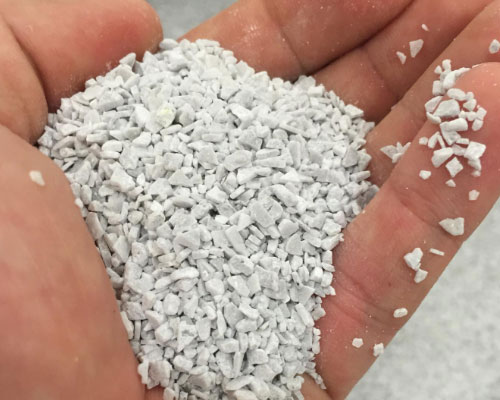
Fluxes for Molten Aluminum Function
It is beneficial to the removal of the oxide film on the interface of the molten aluminum refining agent. Due to the limited degree of drying and dehydration of the refining agent, an oxide film will inevitably form at the interface of the molten aluminum refining agent, which prevents the migration of inclusions. For example, in the refining agent with potassium chloride and sodium chloride (KCl—NaCl) as the matrix commonly used in production, after adding fluoride (such as AlF3, NaF, CaF2), its adsorption capacity increases, which accelerates the transfer of the oxide film In the refining agent, it is helpful to eliminate inclusions and gases.
It easily reacts with molten aluminum to promote the destruction of oxide film. The commonly used refining agent Cl-, the decomposition product of chloride salt, reacts with the H + in the aluminum liquid, and Cl- can generate gaseous AlCl3 with aluminum, which floats from the aluminum liquid in the form of bubbles, thereby playing the role of slagging and degassing . If fluoride is added again, aluminum fluoride (AlF) in a vapor state is easily generated due to the easy reaction of aluminum with fluoride, which is insoluble in molten aluminum, and bubbles precipitate on the boundary of the molten aluminum refining agent. The pure mechanical action promotes the separation of the oxide film from the molten aluminum and transfers the oxide film to the refining agent. The refining agent should be able to destroy the dense oxide film on the surface of the molten aluminum, so that the hydrogen can escape the surface of the molten aluminum without hindrance.
It has the function of dissolving and adsorbing inclusions, which is helpful for removing oxidized inclusions and removing gas. If an appropriate amount of cryolite (Na3AlF6) is added to the refining agent, at the dual eutectic temperature, Na3AlF6 can dissolve 18.5% Al2O3, reducing inclusions.

